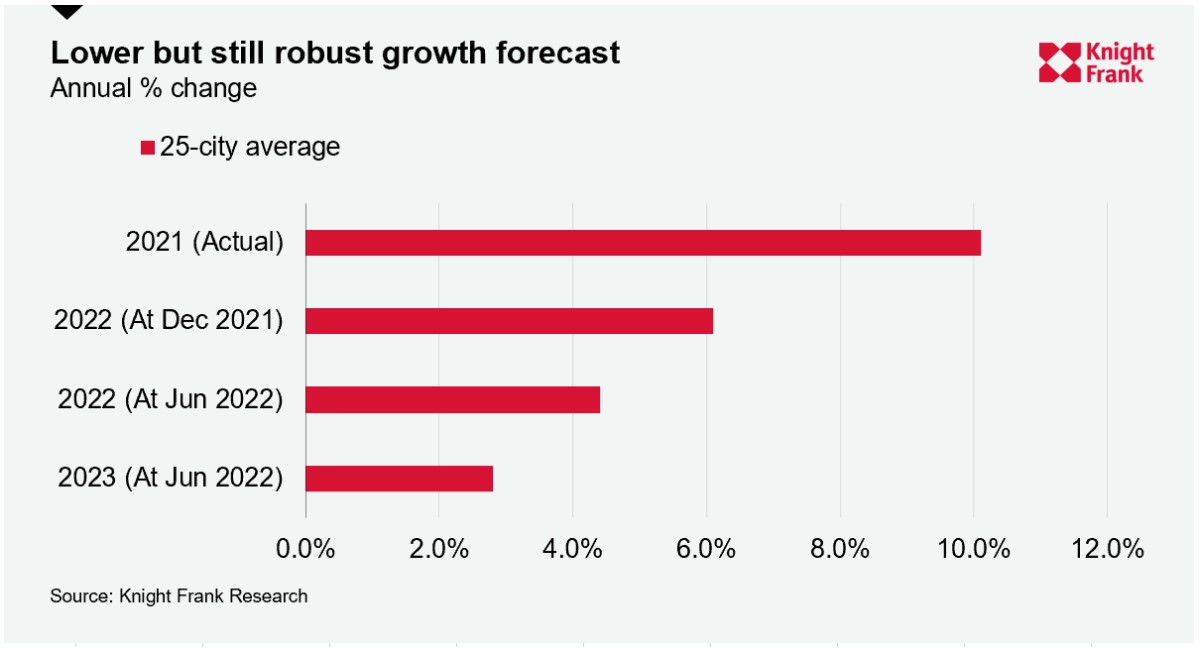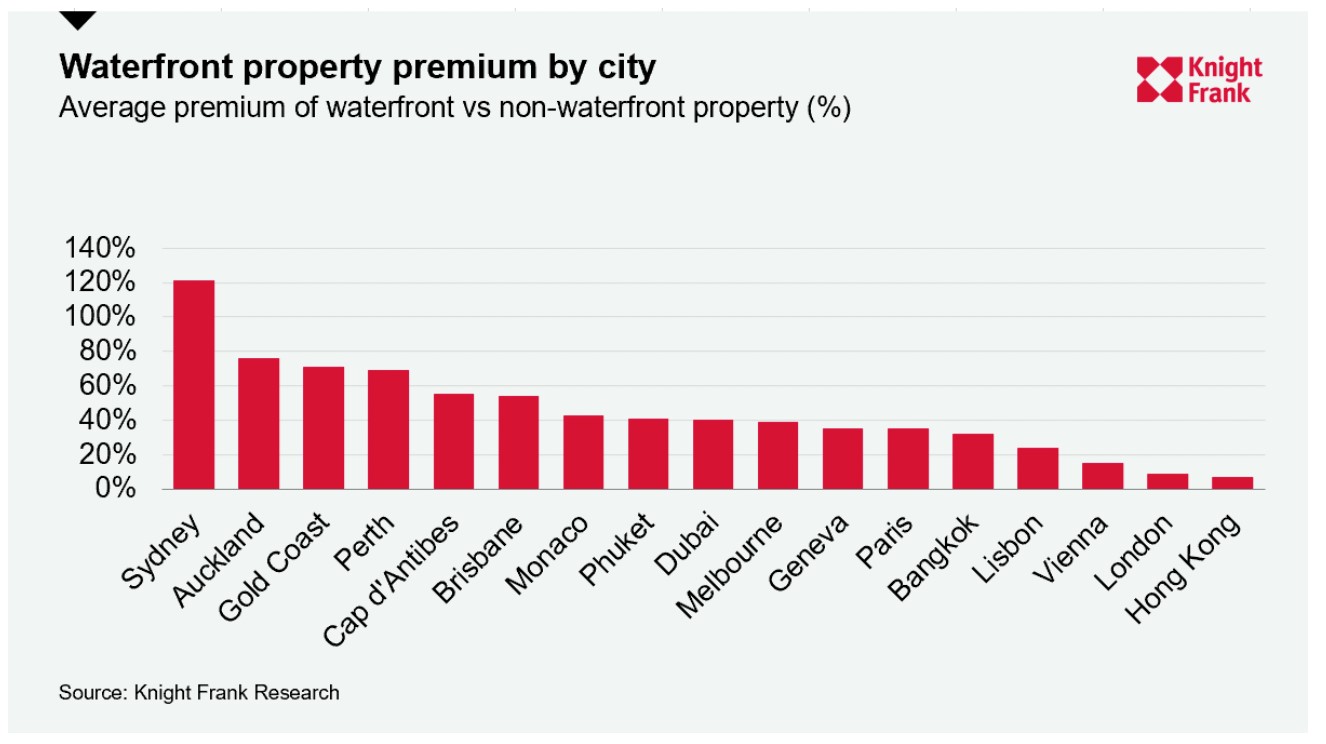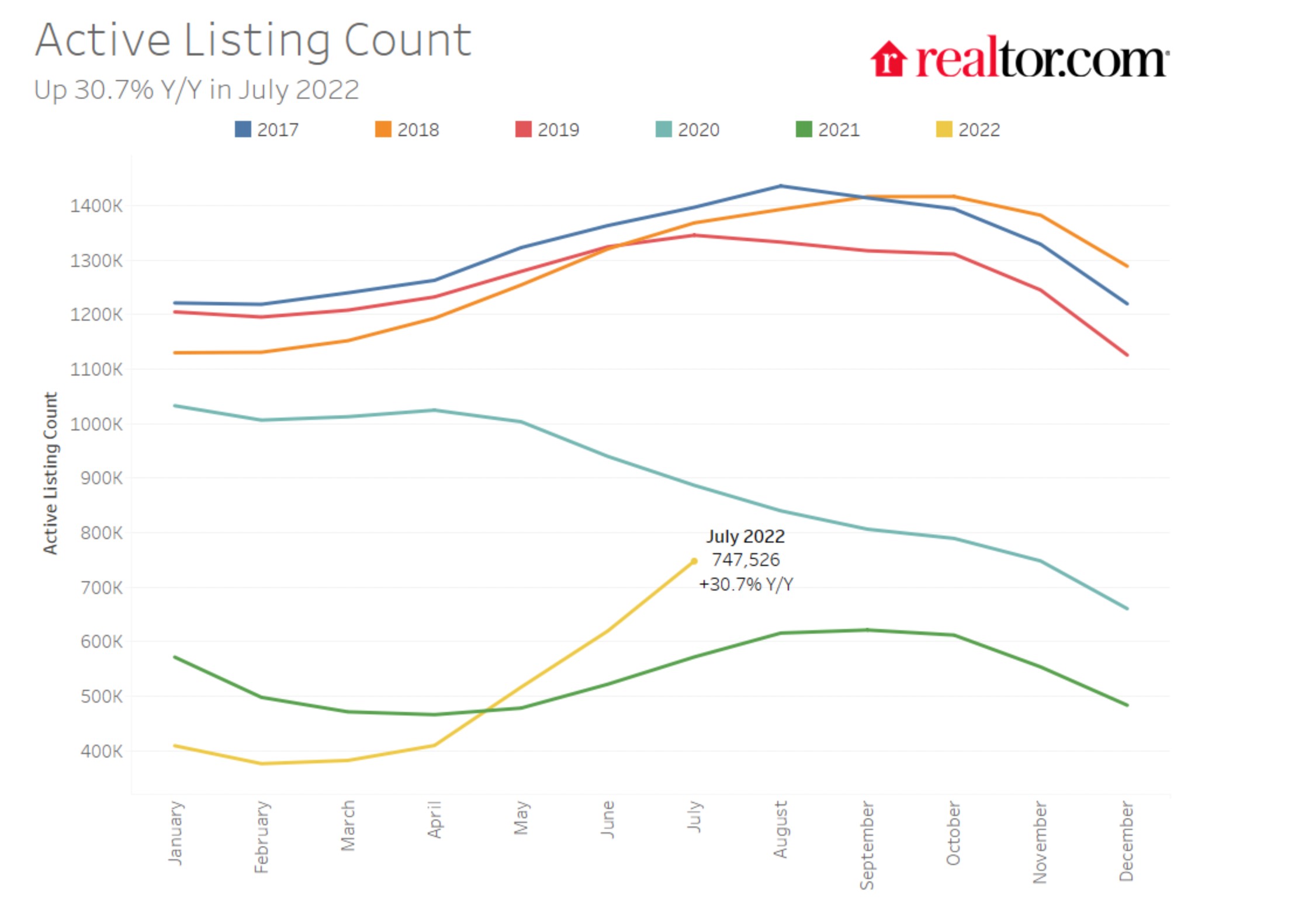The Bank of England's credibility test
Making sense of the latest trends in property and economics from around the globe.
5 minutes to read
The Bank of England has come under several rounds of intense criticism during the past twelve months. The Monetary Policy Committee has been wrong footed by inflation multiple times, and the MPC itself has been on the ropes for issuing poor guidance on what's likely to happen next - remember November's hike that wasn't?
The latest round, coming after an extremely gloomy set of forecasts, is the most intense so far, prompting questions as to the viability of the Bank's independence from newspaper columnists and the frontrunner to become prime minister. To be fair to the Bank, they are one of scores of central banks that didn't see the cost of living crisis coming and this quote from the MPC's Ben Broadbent offers an assessment of what would have been required to contain the coming burst of inflation. Who would have welcomed rate hikes well into double digits during 2020 followed by a massive recession?
Regardless, the coming months are going to provide a litmus test for the Bank's credibility and, looking at markets, things could go either way. Despite its prediction of a five-quarter-long economic contraction, markets barely moved over the following days. Marcus Ashworth at Bloomberg suggests the forecasts are "an exercise in futility given the fiscal splurge that’s coming from whoever becomes the next prime minister." The proposed immediate fiscal relief from Liz Truss, worth about £40 billion, doesn't figure in the forecasts because it isn't yet government policy.
Anyway, Tom Bill and Toscafund chief economist Savvas Savouri pick over the forecasts in more detail and weigh up the implications for the housing market.
The shifting global outlook
A lot has changed in global property markets since we issued our last global prime residential forecast in December 2021.
The recession threat has broadened, inflationary pressures have soared and mortgage rates are on the up, which makes it an opportune time to tap into the knowledge and insight of our global research network and update our outlook for prime markets.
Knight Frank’s global research teams now expect prime prices to rise by 4.4% on average in 2022 across the 25 cities we track, down from 6.1% six months ago. That's still pretty strong growth, outpacing our prime index in nine of the last 10 years.
Some 11 cities are expected to see weaker performance than that predicted six months ago, five remain unchanged and perhaps surprisingly nine are predicting stronger price growth than anticipated at the end of 2021. See the analysis from Kate Everett-Allen for more.

Waterfront premiums
The pandemic expanded the premiums that buyers are willing to pay to live near to water. Not all waterfront views are equal, however, and every year we analyse the world's most desirable waterfront property markets to find the gems that command the largest premiums.
Australian cities have taken three of the top five slots in this year’s International Waterfront Index with Sydney leading the rankings. A waterfront property in the city with iconic views across its harbour attracts an average premium of 121% compared to an equivalent home set away from the water.
Auckland, New Zealand, takes second with a premium of 76%, edging out the Gold Coast (71%) and Perth (69%). The Cap d’Antibes peninsula (59%) in the South of France was the highest European entry in the list of 17 international locations. See the analysis from Chris Druce for more.

The race for high quality office space
Leasing volumes in the South East office market reached 1 million sq ft in Q2, 29% above the 10-year quarterly average and the highest quarterly total since 2018. Underpinning the rise was LCN Capital Partners and Cube Real Estate's deal to fund Unilever’s new 282,000 sq ft HQ building in Kingston, which is the third largest deal in the region for the past 22 years.
The bumper Q2 means that take-up at the mid-point of the year increased to 1.33m sq ft, in line with take-up at the same point in 2021 and about 6% below the ten year average.
Total availability now sits at 11.9m sq ft, just above the 10-year average. Significantly, Grade B space accounted for 30% of vacant space at quarter end, the highest percentage since 2014. By contrast ‘new space’ represented just 6% of total availability at mid-year, the lowest percentage recorded since 2007.
The prospect of disruption to business operations through an inability to source new office space means companies are engaging with the market earlier. Analysis of take-up across the region reveals that the percentage of total take-up that involved either ‘new’ or ‘space under construction’ during the first half of 2022 was the highest it has been since 2016. This is all from our latest M25 Offices report, which you can read here.
US housing inventory
The dominant theme in housing markets across several major economies is the lack of supply relative to demand, which is maintaining house price growth in the face of rampant inflation and rising interest rates - the UK is a prime example.
The US housing market is now rapidly moving back to something resembling more normal conditions (see chart from realtor.com). The national inventory of active listings increased by 30.7% in July compared to a year earlier, a record growth rate.
This is a knock to demand from rising interest rates and the cost of living squeeze rather than a meaningful increase in supply. New listings are broadly flat compared to a year earlier. The rate of house price growth is accelerating and signs of softening come in the form of a rising share of price reductions.

In other news...
China property woes spark longest mortgage debt halt since 2015 (Bloomberg), UK consumer confidence rises after falling for seven months (Reuters), Bellway posts higher housing revenue, lowers average selling price (Reuters), US inflation expected to have eased slightly in July (FT), and finally, finance firms face painful process to fill vacancies (Bloomberg).